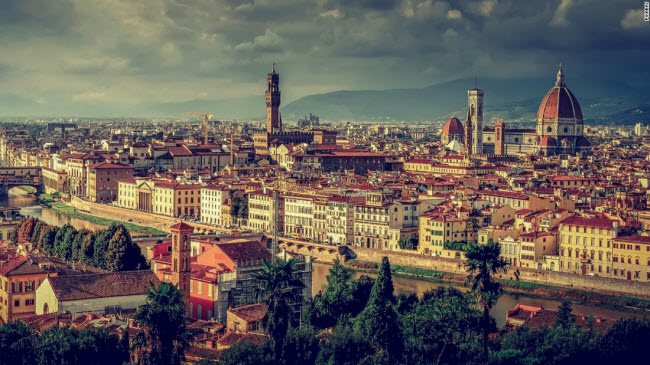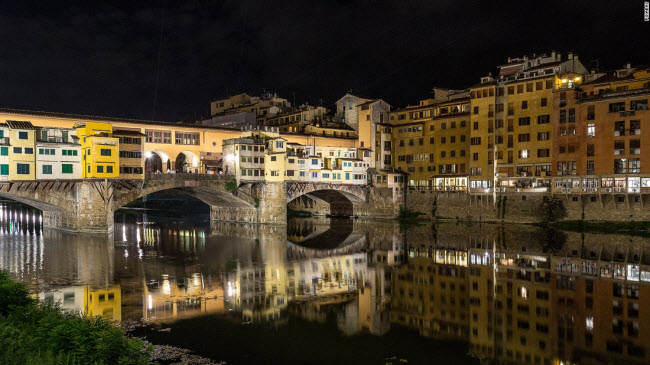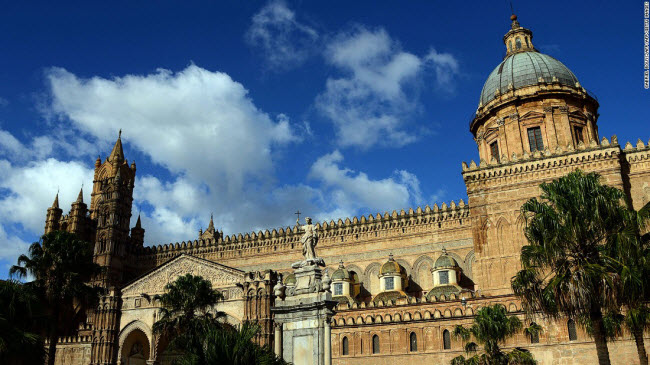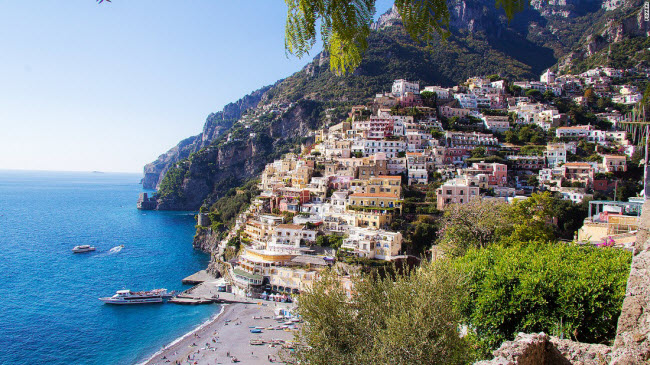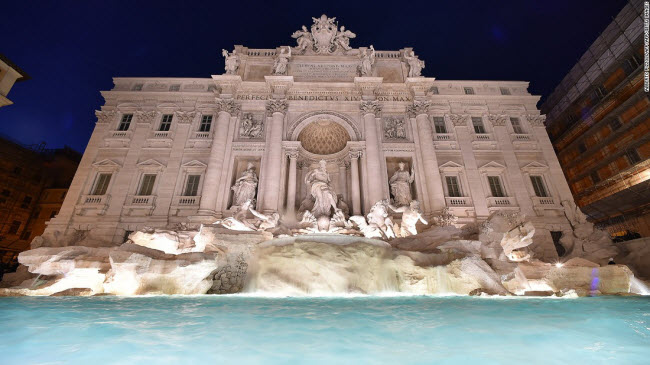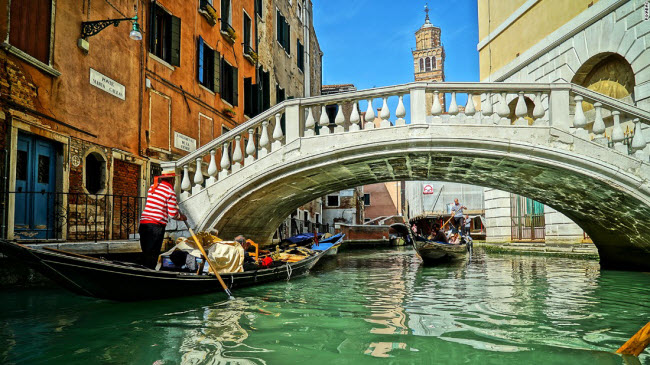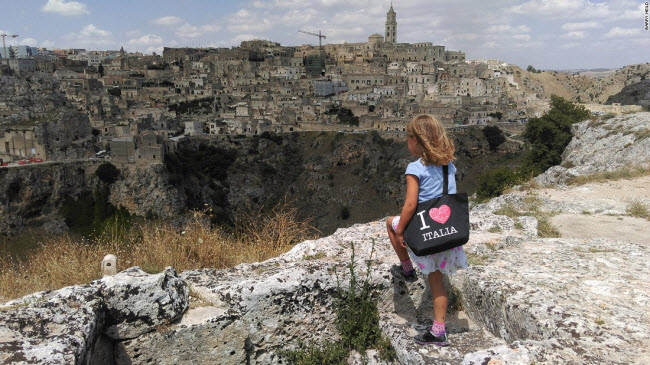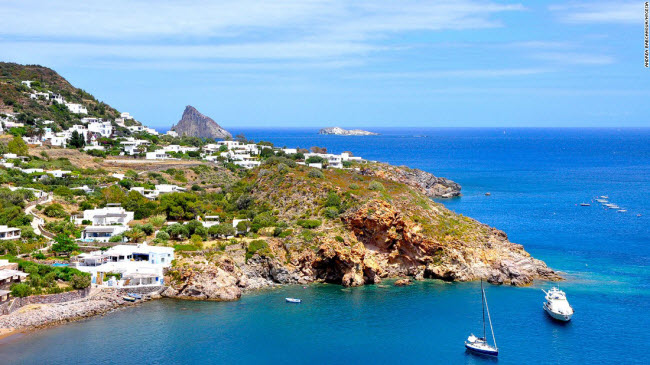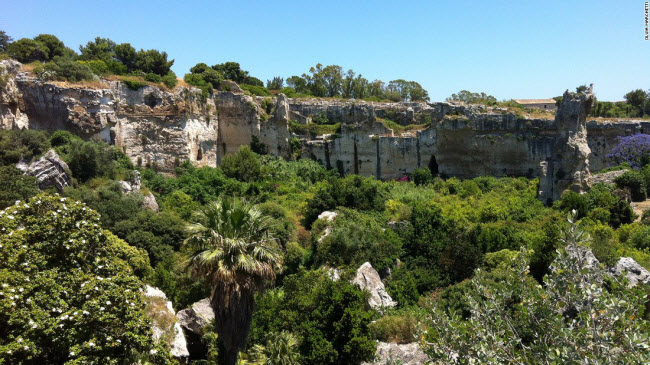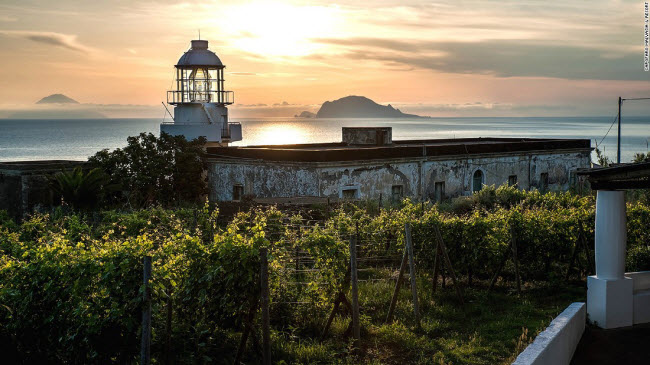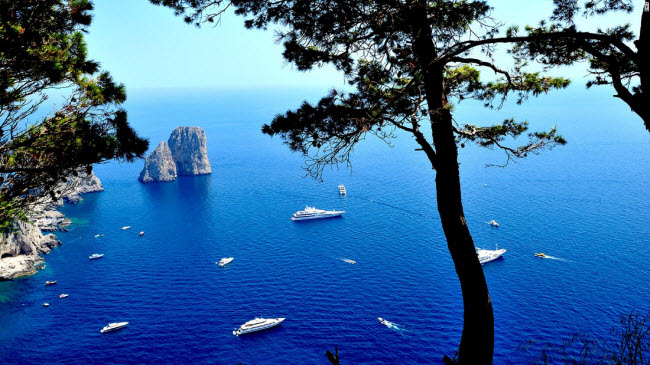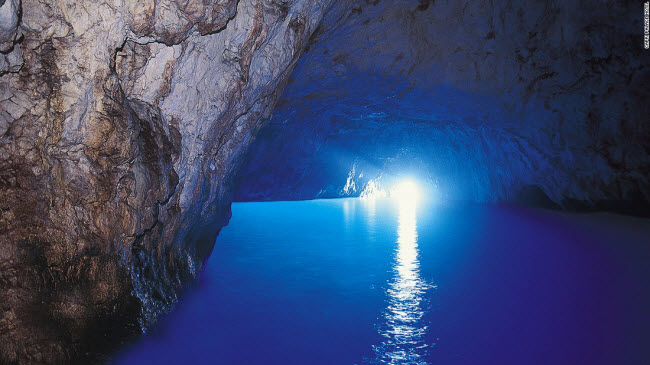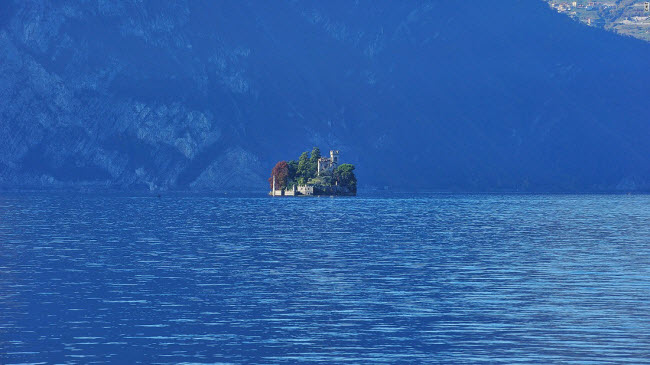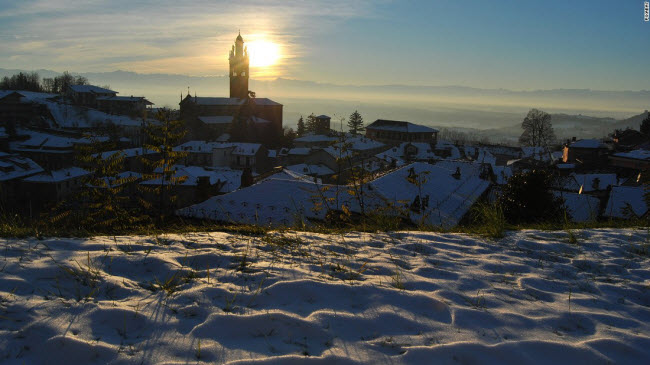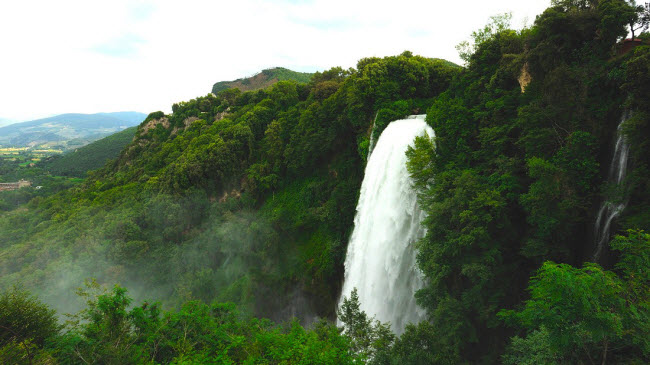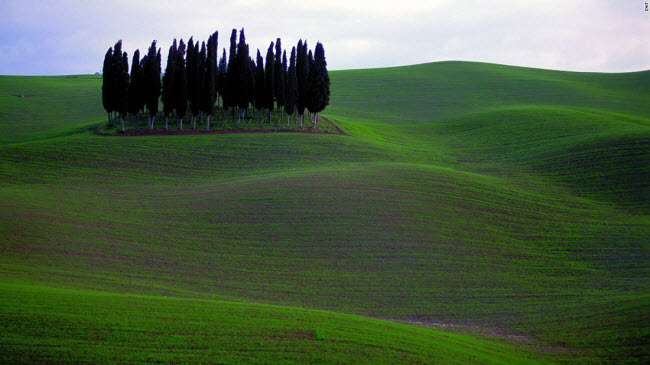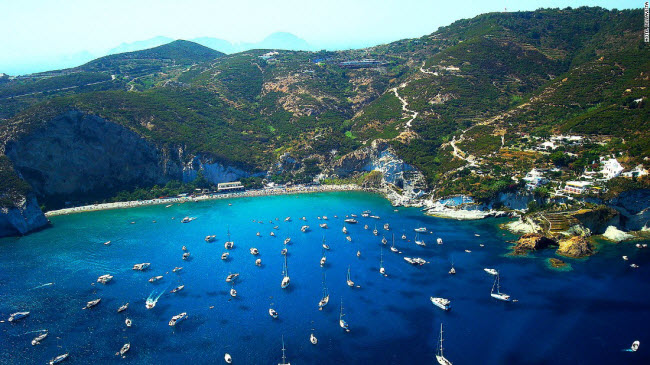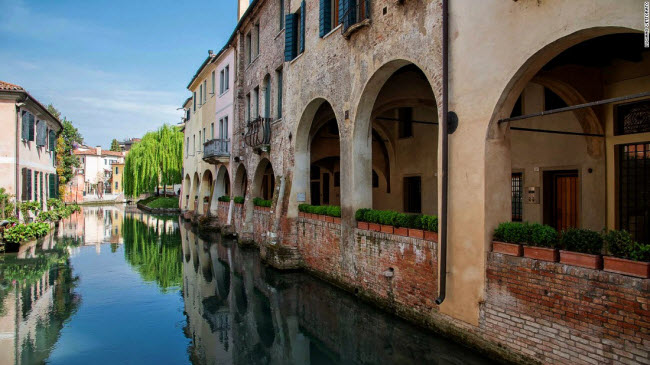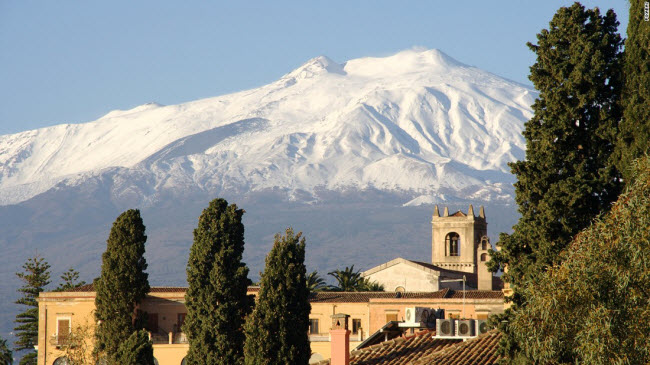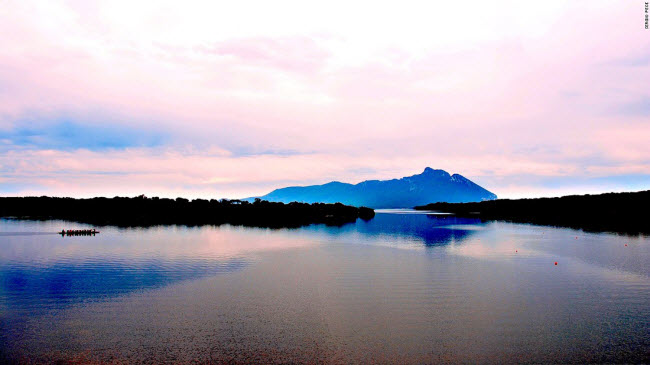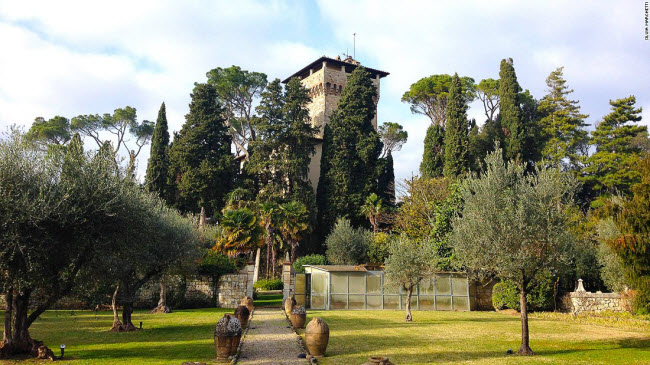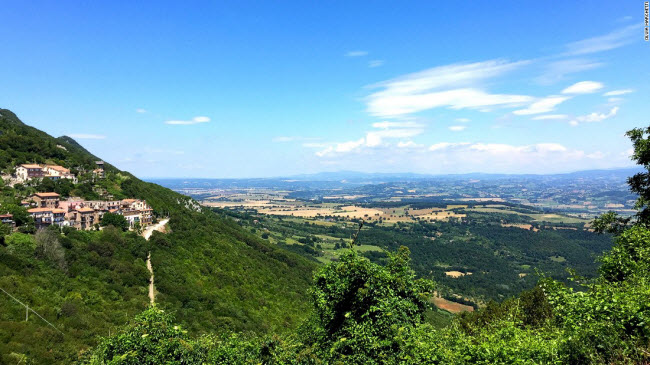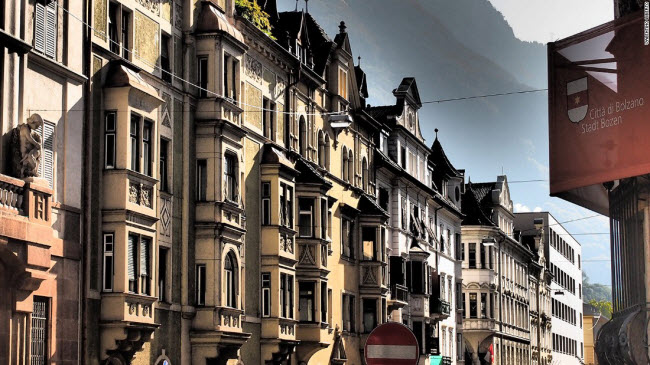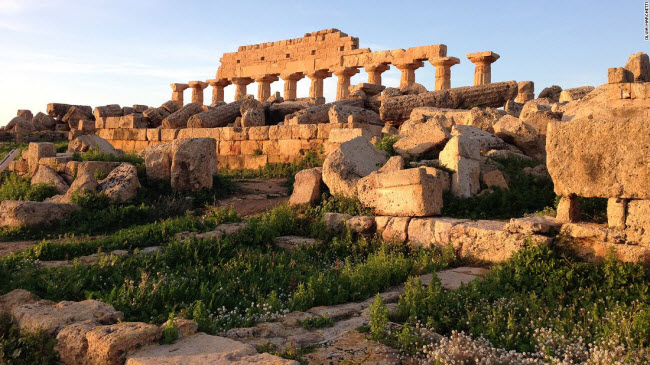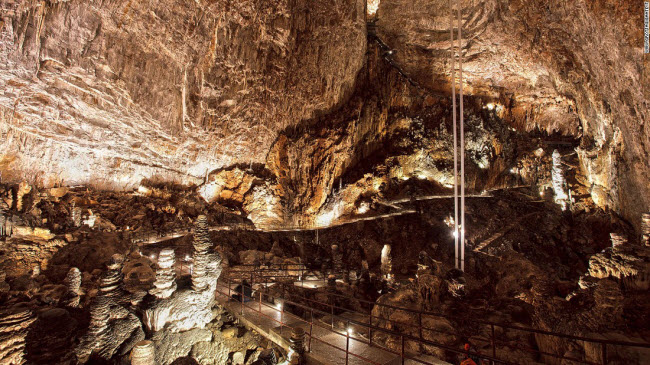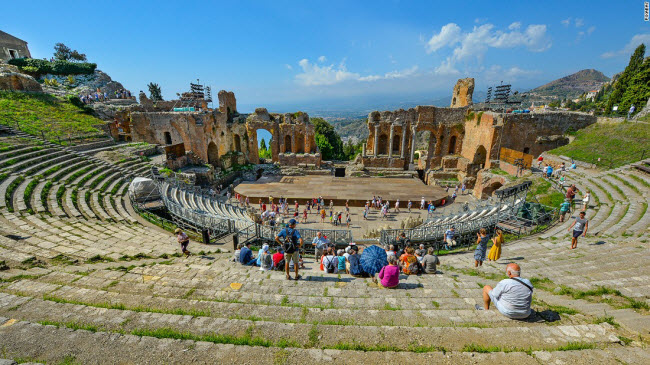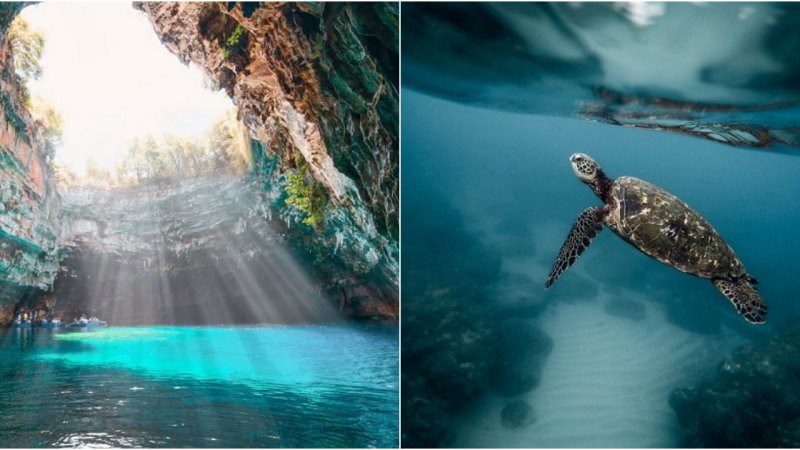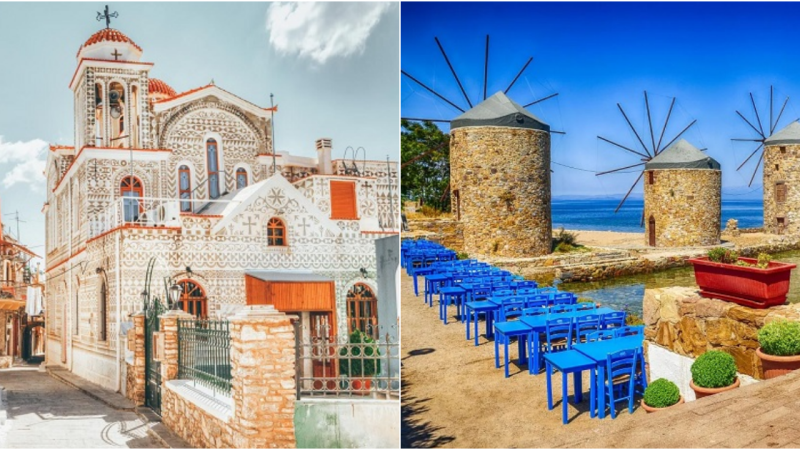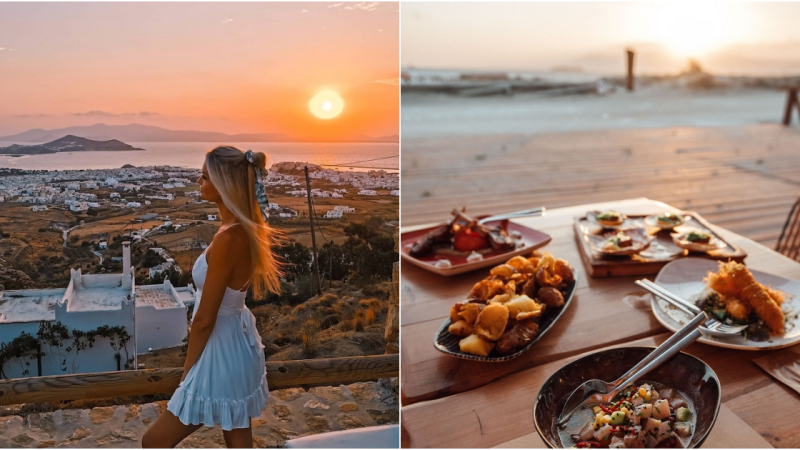Enchanting Destinations in Italy: From Mount Etna to Taormina, Exploring the Natural Wonders and Cultural Treasures

Italy: An Enchanting Destination with Breathtaking Scenery, Timeless Architecture, Diverse Culture, and Exquisite Cuisine
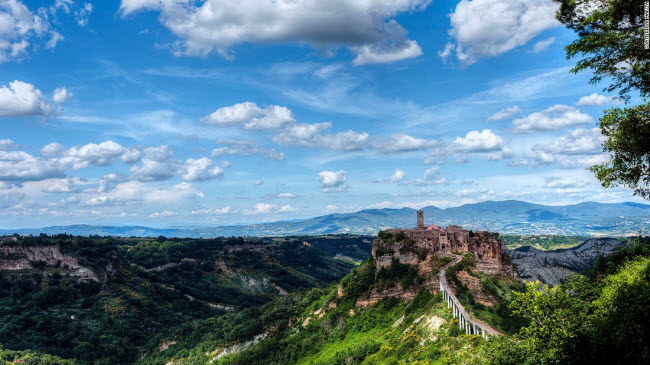
Civita di Bagnoregio, Viterbo: This ancient town, built by the Etruscans 2,500 years ago, sits atop a rocky plateau overlooking the Tiber River Valley. The historic town is currently facing the threat of erosion.
The Colosseum, Rome: This circular amphitheater, with seating capacity for 80,000 spectators, is a symbol of the Roman Empire. Although partially damaged by earthquakes and looting, it remains an iconic landmark.
Florence: This enchanting city is the capital of the Tuscany region and is considered the birthplace of the Renaissance. The Cathedral of Santa Maria del Fiore, known as the Duomo, dating back to the 13th century, is one of the city’s most popular tourist attractions, along with the Ponte Vecchio bridge and the Uffizi Gallery.
Ponte Vecchio, Florence: This is the only bridge that spans the Arno River. It is famous for its shops lining the bridge, including jewelry, art, and souvenir stores.
Milan Cathedral: This Gothic-style cathedral took nearly six centuries to complete. It is the largest church in Italy (excluding St. Peter’s Basilica in Vatican City) and the fifth-largest Christian church in the world.
Palermo: The capital city of Sicily is renowned for its ancient architecture, rich culture, and art. Surrounded by mountains, this port city has long been a melting pot of European and Arab influences.
Positano, Amalfi Coast: The Amalfi Coast is considered a gem of the Mediterranean, and the most captivating spot here is the town of Positano, with its ancient architecture nestled along the coastline.
Trevi Fountain, Rome: This masterpiece, completed in 1762 at the junction of three streets, is known for its grandeur. Visitors traditionally toss coins into the fountain, amounting to around 3,000 euros daily, as an act of charity.
Tuscany: This region is famous for its rolling hills, tranquil countryside, vineyards, and picturesque landscapes. It is home to charming cities such as Florence and Pisa.
Venice: Situated in northeastern Italy, Venice is one of the most beautiful towns in the world. Built on a marshy lagoon, it consists of 100 islands interconnected by canals and bridges.
Matera, Basilicata: This ancient town in southern Italy, once a poverty-stricken area, has transformed into a captivating tourist destination.
Panarea, Aeolian Islands: The most striking feature of this island is its whitewashed streets and car-free environment. It is a popular summer destination but remains largely closed during winter.
Neapolis Archaeological Park, Syracuse: This park preserves the ruins of the ancient city of Syracuse, including the Latomia del Paradiso quarry, a rock-cut theater, and the Roman amphitheater.
Salina, Sicily: Salina is the second-largest and greenest island in the Aeolian archipelago. It is formed by two volcanoes, Monte dei Porri and Monte Fossa delle Felci. The slopes of these mountains are used for cultivating grapes, olives, and capers, while the port of Santa Marina Salina attracts many tourists.
Capri, Naples: The island of Capri offers stunning views of the Mediterranean Sea and has been a popular destination for Hollywood stars for decades. The famous Faraglioni rock formations are a prominent attraction.
Blue Grotto, Capri: The Blue Grotto is a sea cave where sunlight creates a mesmerizing blue reflection inside. Its entrance is less than a meter high.
Cala Sabina, Asinara: Asinara is an uninhabited island off the northwest coast of Sardinia. It is known for its albino donkeys and, in the past, served as a leper colony and a prison. However, it has become an attractive tourist spot with beautiful bays like Cala Sabina.
Lake Iseo, Lombardy: Compared to the nearby Lake Como and Lake Garda, Lake Iseo is smaller, tranquil, and offers stunning scenery. It is also considered an appealing tourist destination in northern Italy.
Langhe, Piedmont: The hilly region in Piedmont is renowned for its wines, cheeses, and hazelnuts. It was recognized as a UNESCO World Heritage site in 2014.
Marmore Falls, Terni: This man-made waterfall, built by the ancient Romans near the town of Terni in Umbria, consists of three different cascades with a total height of 163 meters. Water is supplied from the Velino River.
Val d’Orcia, Tuscany: The Val d’Orcia region has been recognized by UNESCO as a World Heritage site, featuring winding hills, vineyards, lush green valleys near the Orcia River, and charming towns like Pienza and Castiglione d’Orcia.
Ponza Island: Located in the Pontine archipelago in the Tyrrhenian Sea, the main island of Ponza offers natural beauty and unspoiled beaches. It is a perfect retreat for those seeking privacy.
Treviso, Veneto: With its canal system, cobblestone streets, ancient city walls, and churches, Treviso exudes charm and is often referred to as a miniature version of Venice.
Mount Etna, Sicily: Mount Etna overlooks the cities of Messina and Catania in eastern Sicily. Standing at a height of 3,329 meters, it is the highest active volcano in Europe. The volcanic ash from the mountain provides nutrient-rich soil for the surrounding agricultural regions.
Circeo National Park, Latina: The limestone mountain of Circeo (541 meters high) juts out into the sea, about 100 kilometers from Rome. Its name is used to designate the national park that stretches along the coast from Anzio to Terracina.
Cetona, Tuscany: This ancient hilltop town in Tuscany impresses with its narrow streets, historic squares, and slow-paced lifestyle. The surrounding suburban area is renowned for its top-quality olive oil.
Mount Soratte and Tiber Valley, Rome: Mount Soratte is located north of the city of Rome, alongside the Tiber River. It stretches for 5.5 kilometers with six peaks reaching heights of around 690 meters. Meanwhile, the Tiber River is Italy’s third-longest river, flanked by lush green valleys on both sides.
Vulcano, Aeolian Islands: Vulcano Island is situated at the southernmost tip of the Aeolian archipelago in the Tyrrhenian Sea. The most recent volcanic activity on the island occurred at Mount Fossa in 1890.
Bolzano, South Tyrol: The city of Bolzano serves as the capital of the Alto Adige region. It is nestled in a vast valley and surrounded by hills. The area is particularly famous for its endless vineyards.
Selinunte Archaeological Park, Sicily: Exploring the ancient city of Selinunte on the Sicilian coast takes visitors to five renowned temples of the ancient civilization, including the Temple of Hera, perched on a cliff overlooking the sea.
Dolomites: This mountain range in northeastern Italy is famous for winter sports activities as well as hiking and long-distance walking in the summer. The highest peak is Marmolada (3,343 meters).
Grotta Gigante, Trieste: Grotta Gigante is a gigantic cave measuring 107 meters in height, 130 meters in length, and 65 meters in width, with numerous stalactites and stalagmites inside. The cave was first discovered in 1840 and opened to tourists in 1908.
Taormina, Sicily: Taormina is a captivating tourist destination on the eastern coast of Sicily. It is renowned for its beautiful coastal scenery, a blend of Greek and Roman history, beaches, and diverse cuisine.

